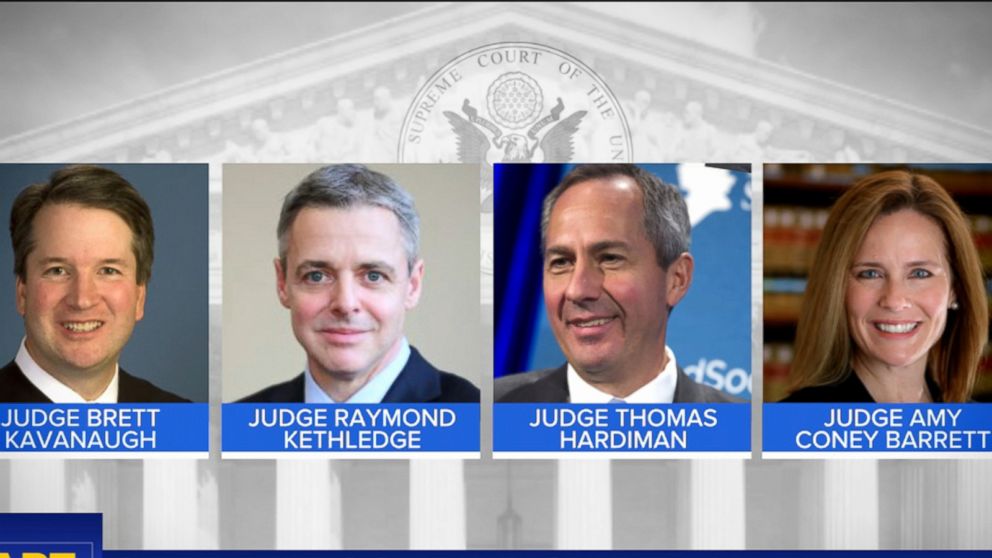

Connecticut, a seven-justice majority struck down the Barnum Act. Her appeal went all the way to the Supreme Court. Estelle Griswold, executive director of the Planned Parenthood League of Connecticut, was fined $100 for violating the law. The Barnum Act was still on the books in Connecticut in 1960, when the Food and Drug Administration approved the first oral contraceptive. Barnum) introduced a bill barring not only contraceptives but also the distribution of information relating to them. The first involved the right to contraception, and the story begins in the 19th century.
Scotus decision today series#
While thalidomide and rubella impacted public perspectives on abortion, a series of cases built the foundation for the coming revolution in abortion law.

It was in this environment of maternal risk that high-profile doctors like Alan Guttmacher began to argue publicly that abortion should be treated like other medical procedures - as a decision to be made between physician and patient. (A rubella vaccine didn’t become available until 1971.) Babies that survived rubella in utero were often born with a wide range of disabilities such as deafness, heart defects, and liver damage. Shortly after the thalidomide scandal, an epidemic of rubella, or German measles, swept across the country. A Gallup poll showed, perhaps surprisingly given the legal backdrop, that a majority of Americans supported Finkbine’s decision. The most well-known case was that of Sherri Finkbine, a host of the children’s television program Romper Room, who was forced to travel to Sweden to obtain an abortion. A pair of high-profile crises, however, shined a spotlight on the impact of these restrictions.īeginning in the late 1950s, thousands of babies were born with severe birth defects after their mothers took the morning sickness drug thalidomide while pregnant. Many states, however, have made abortion illegal.Ībortion was illegal in most states in the 1960s, often with no exceptions for cases of rape or threat to life. Other state legislatures have passed laws protecting abortion rights. Constitutions in 10 states - Alaska, Arizona, California, Florida, Kansas, Massachusetts, Minnesota, Montana, New Jersey, and New Mexico - have been interpreted by state high courts to guarantee the right to abortion or protect access more strongly than the federal constitution. Writing for the majority in Dobbs, Justice Samuel Alito said that the only legitimate unenumerated rights - that is, rights not explicitly stated in the Constitution - are those “deeply rooted in the Nation’s history and tradition” and “implicit in the concept of ordered liberty.” Abortion, the majority held, is not such a right.įollowing Dobbs, reproductive rights are being decided state by state. But abortion was fundamentally legal in all 50 states during that period. And after fetal viability, outright bans on abortion were permitted if they contained exceptions to preserve life and health.įor the following 49 years, states, health care providers, and citizens fought over what limits the government could place on abortion access, particularly during the second and third trimesters. However, the government retained the power to regulate or restrict abortion access depending on the stage of pregnancy. Wade, the Supreme Court decided that the right to privacy implied in the 14th Amendment protected abortion as a fundamental right. Some state constitutions, however, independently protect abortion rights. Wade (1973), which guaranteed a constitutional right to abortion. Jackson Women’s Health Organization (2022), the Supreme Court overturned Roe v. Constitution, according to the current Supreme Court.


 0 kommentar(er)
0 kommentar(er)
